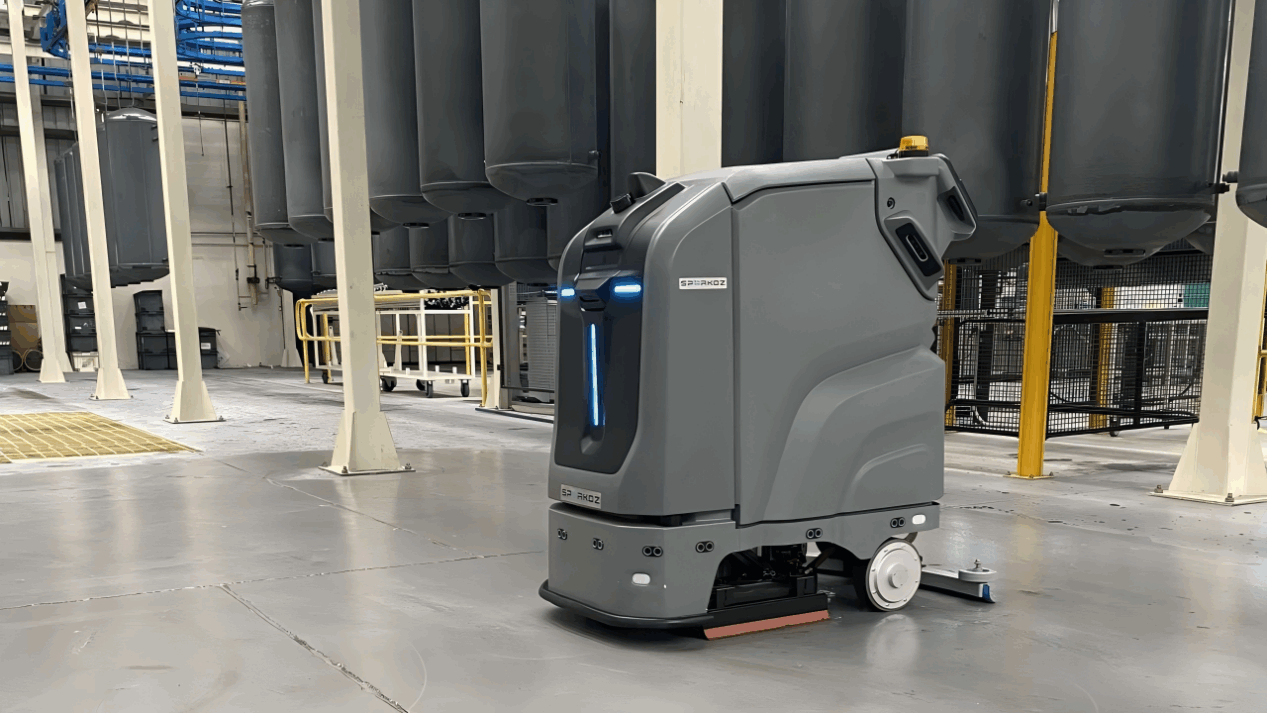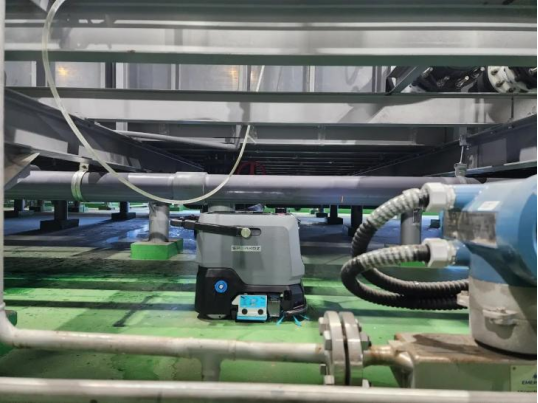
In today's competitive manufacturing and logistics landscape, operational efficiency isn't just a goal—it's a necessity. More companies are turning to automation to reduce overhead, streamline processes, and stay ahead. One area seeing rapid transformation is facility maintenance, particularly industrial cleaning.
Some facility managers we interviewed noted that use industrial cleaning robots has led facilities to reduce their cleaning expenses by as much, as 35% all within the initial two years of implementation. Let's break down how this happens in practice.
1. Reducing expenses related to employee wages
Automating tasks that involve cleaning duties
Let's face it—hiring humans is getting expensive. In the cleaning industry, salaries for workers now hover around $40k–$50k annually, not counting benefits or overtime. Enter industrial cleaning robots : the ultimate night-shift warriors. These machines don't need health insurance, vacation days, or even a lunch break.
Industrial cleaning robots like Sparkoz TN70 are built to run on pre-set schedules, covering tasks such as sweeping, mopping, and deep scrubbing—day or night. Equipped with automated charging and water management systems, they operate independently and consistently, even in large industrial spaces.
Watch how the TN70 navigates warehouse in real-time : https://youtu.be/1qyfFSuO2tc?si=FrASGr4hHX_Mg53J
Cutting down on expenses, for training and overseeing operations.
With robots handling repeatable cleaning routines, companies no longer need to invest heavily in onboarding or manage large cleaning crews. The systems are designed to follow standardized procedures, ensuring stable performance without the learning curve or supervision.
Reducing threats, to ones well being.
In sectors like chemicals and heavy manufacturing,cleaning can pose serious health risks to workers due to dust,fumes,and extreme heat.Transitioning to robotic cleaning can mitigate these hazards,reduce insurance costs,and avoid regulatory penalties.For example,a chemical plant in Idaho reduced expenses by 35% after switching to robotic cleaning methods,largely due to fewer OSHA fines and improved safety compliance.

Sparkoz TN10 works in a chemical plant
2. Efficient cleaning results
Larger coverage, shorter cleaning time
Industrial robots equipped with large brushes and water tanks efficiently clean 30% more area per shift compared to humans. They utilize sophisticated navigation systems to maneuver around obstacles, such as forklifts and workers, without requiring human intervention. Equipped with sensors and advanced AI, these machines also ensure collision-free operations, enhancing safety during the cleaning process.
Deep clean and stable quality
Do you have persistent oil stains in your garage or metal shavings in your workshop that need cleaning? Robotic cleaners,with adjustable modes and equipment,can precisely tackle these tough stains.An automotive factory noted fewer equipment malfunctions after robotic cleaners effectively removed residue that human workers had missed.
Did you know that advanced industrial cleaning robots can document their work?Managers can access a real-time map of their cleaning progress at any time.These robots consistently deliver top-notch cleaning results,and their efficiency can be tracked and monitored through detailed reports available at any given moment.
3. Seamless Integration with Production Operations
Another critical advantage lies in minimizing equipment maintenance and production downtime. In manufacturing environments, maintaining takt time — the rhythm of production — is paramount. Traditional cleaning methods often interfere with workflows, but industrial robots synchronize seamlessly with AGVs and other mobile equipment to avoid disrupting production schedules.
With IoT connectivity, managers can monitor cleaning status remotely, schedule tasks, or receive alerts if intervention is needed—minimizing unplanned downtime and maximizing productivity.
4. The advantages of value and long term sustainability
Long-term profit
While initial investment in robotic cleaning systems can be significant, the cost per unit drops as more are deployed. Many businesses see return on investment within 18–24 months. Over time, the maintenance savings, reduced staffing costs, and operational uptime outweigh the upfront spend.
Brand premium and policy support
Eco-friendly cleaning robots,featuring water-saving and energy-efficient designs,not only benefit the environment but also help companies comply with regulations and qualify for subsidies or tax breaks.The Idaho plant mentioned earlier,for example,received a state-level subsidy for adopting automated,low-water usage equipment.
Conclusion
Robots used for industrial cleaning serve as more, than an option. They are actually seen as a strategic investment for businesses aiming to cut labor expenses while also enhancing the quality of cleaning procedures and ensuring safety and compliance, in larger facilities.
As artificial intelligence and robotics advance further in their development path aheads of us in time and space are likely to witness their growth, in intelligence sophistication at costs making them an integral part of the smart factory transformation.